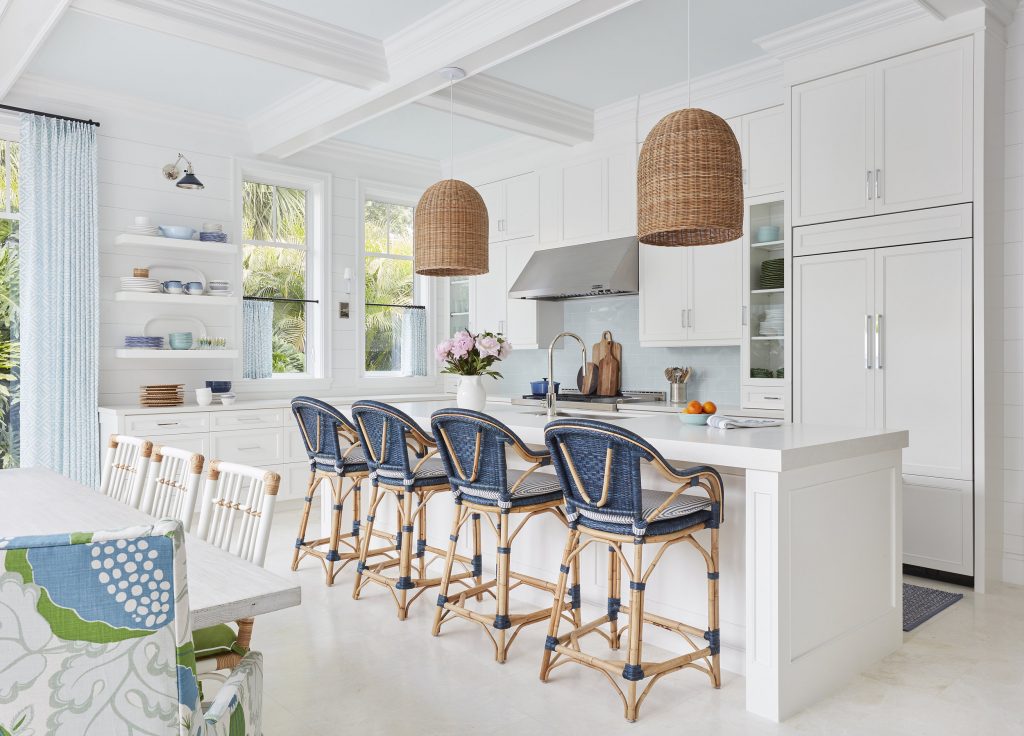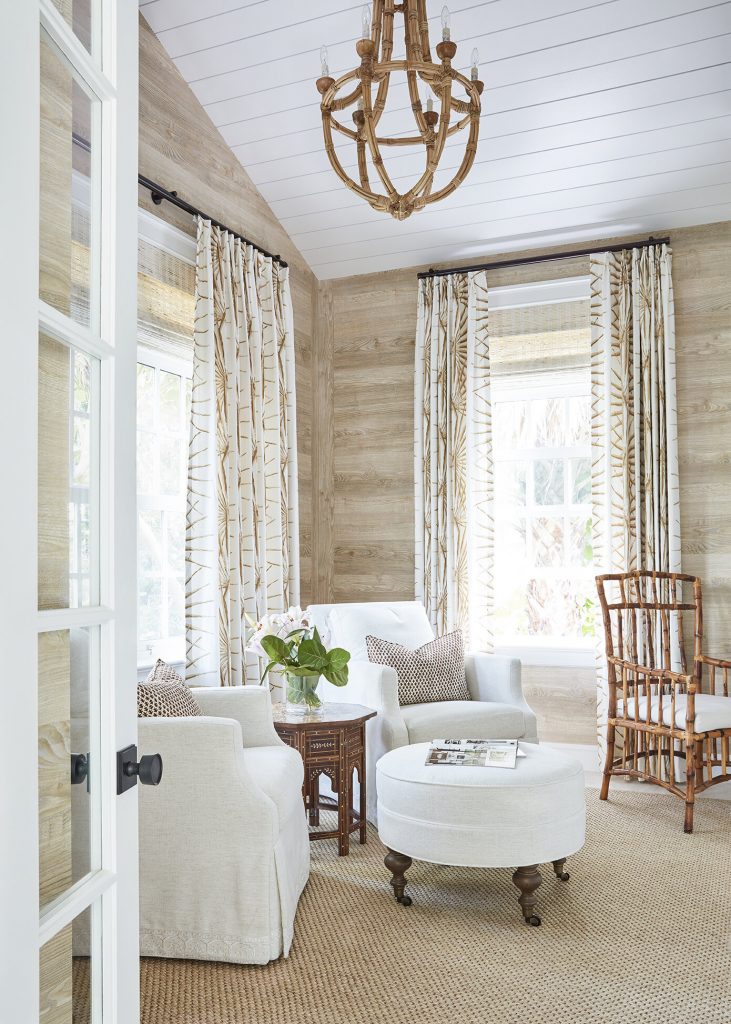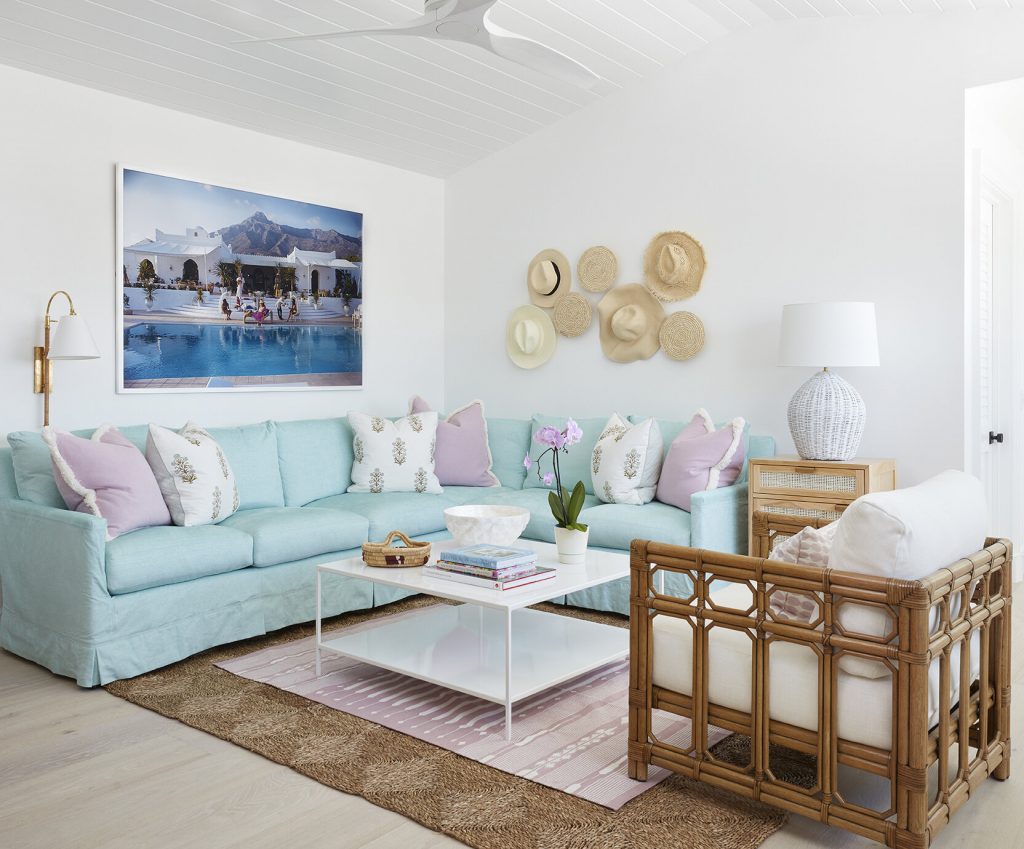Buying a house is one of the most important decisions that adults make, especially in terms of long-term investments. The implications have the potential to make or break families because purchasing something worth hundreds of thousands of dollars tends to have that effect. The type of neighborhood the house is located in—rural, suburban, and urban—can play an important role, especially when it comes to the overall cost of the home. During the planning stage, a lot of homebuyers will go online and find a cost of living calculator to use in order to see if a particular city, state, or neighborhood is affordable as far as basic living expenses go.
Although there is an abundance of differences among these settings, there are plenty of the most luxurious homes in Ohio available in all of these environments. Many of the contrasts stem from the location, architecture and access to amenities. If you are having difficulty choosing the right habitat, here is a breakdown of the advantages and disadvantages of the three relevant ecosystems.

Urban Living
Urban living means residing in a city or metropolitan area where resources are concentrated in close proximity.
Pros – One of the main assets of living in an urban area is the job market. With a substantial concentration of people, there are more businesses available. Endless opportunities for entertainment include a diverse array of restaurants and cultural offerings such as art shows, concerts, professional sports and more.
Cons – More people generally means more congestion. Houses gravitate more toward the expensive side without the space to make up for them, meaning that yards are often perceived as inadequate. Condos and high-rise apartments replace sprawling estates that have swimming pools and roomy backyards. If you do find one of these types in a city be prepared to pay a hefty price tag.

Suburban Living
Suburban living means occupying the outskirts of a city or metropolitan area where you still have access to their amenities by sacrificing distance for a bit more breathing room.
Pros – Suburbs are reputed to have excellent educational hopes for K-12 schools. They are also known for being safe. If you still enjoy the city life, you are close enough to take advantage of the amenities while still returning to your desired surroundings at home. People often refer to this situation as being the best of both worlds.
Cons – This lifestyle favors more of a low-key personality. Some might even say boring. They lack the artistic venues of big cities, while also not being rewarded with wide-open spaces found in nature. The cookie-cutter conformity might rub some people the wrong way.

Rural Living
Rural living means staying far from cities or large metropolises. This often includes farms or forest estates.
Pros – One word sums up rural living the most: freedom. You have the circumstances to buy more land than if you were in a city. This means that you can raise animals, shoot fireworks/guns and command recreational vehicles such as ATVs. You become more or less a mayor of your own territory.
Cons – Many folks love the absence of neighbors. However, this has its drawbacks. Stores with more extensive inventory are much farther away. The same goes for hospitals. The extra few minutes it takes to receive medical attention may become a life or death matter.
No matter which domain you choose, remember that there are plenty of high-end houses to pick from. These residences remain independent of their surroundings. Thanks to Rockford Homes for consulting.
























